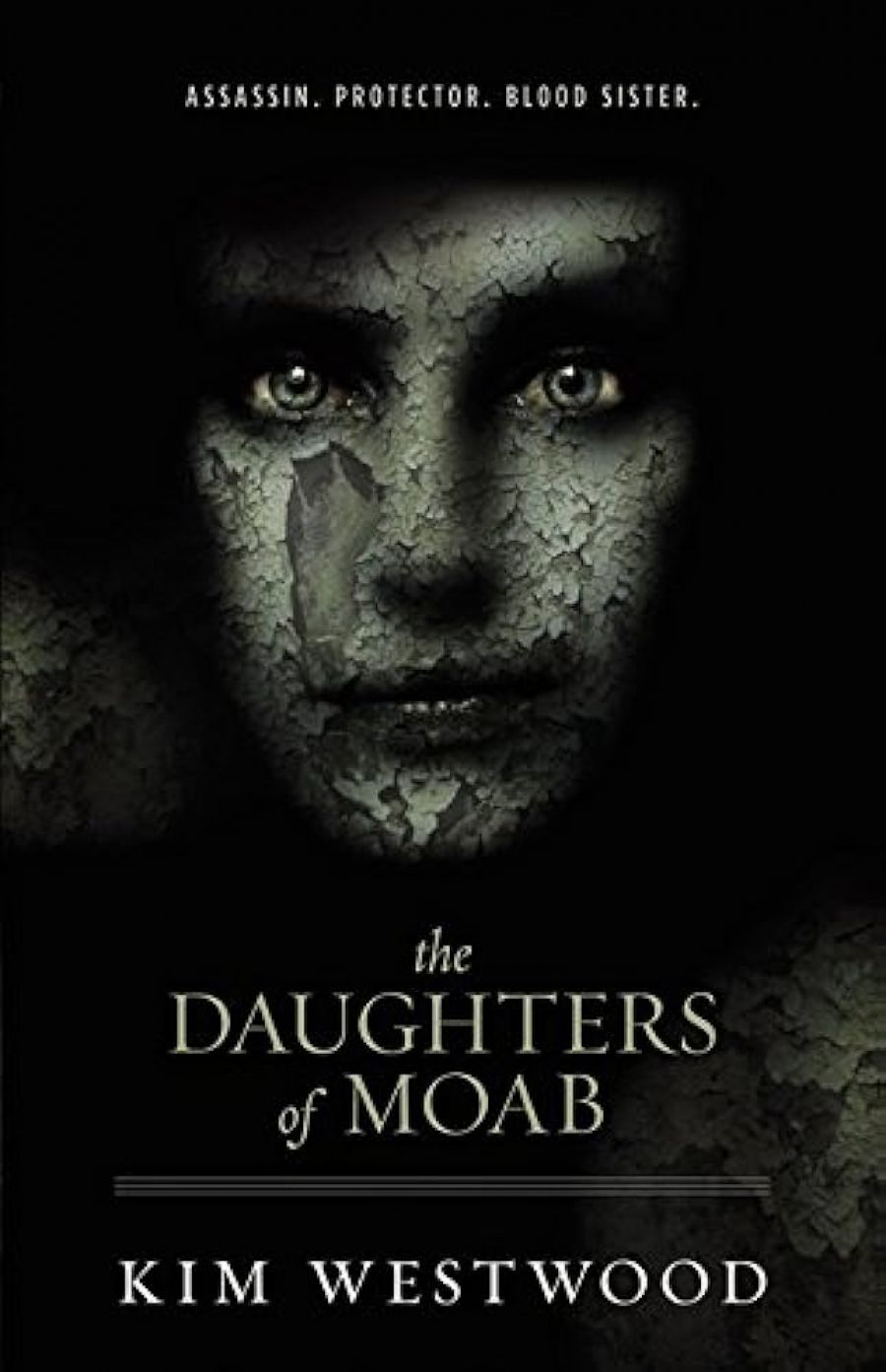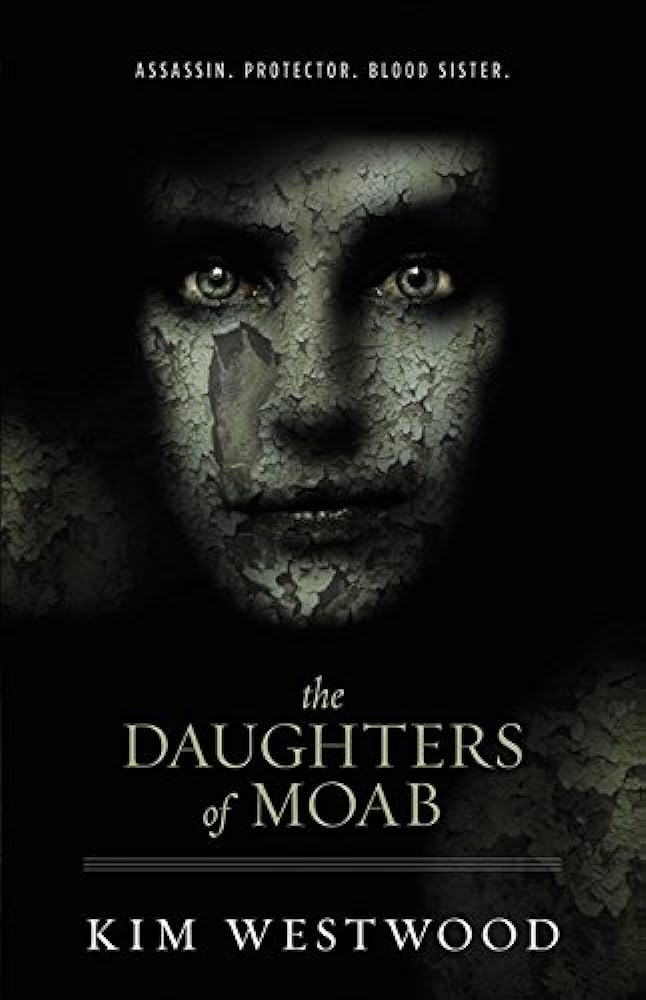
- Free Article: No
- Contents Category: Fiction
- Review Article: Yes
- Online Only: No
- Custom Highlight Text:
The Australian landscape boils with lava and shudders with quakes; acid rain scars its parched surfaces. It provides little succour to human survivors; cockroaches outlive other animal species. Adapt or die, the story commands, though enforced adaptations (personified by the transfected Daughters of Moab) are considered the source of the apocalypse.
The narrative is haunted, riddled with nostalgia and regrets. It jumps between fascinating points of view: Assumpta’s human/dingo hybrid single-mindedness; Eustace’s calculating duplicity; Easter’s ex-sanguinated hallucinations; Angus’s longing for his unblemished homeland. Scenes change abruptly; the narrative transforms and folds in on itself unexpectedly, like a surrealist film. Readers must adapt or they will become lost in the plot, stuck in the molasses of Kim Westwood’s prose. She entices us with her unique treatment of the themes of loneliness, Stolen Generations, climate change, misplaced religious fervour, and searching for identity. Her world and her characters are attractive, but her dense prose can often be off-putting.
- Book 1 Title: The Daughters of Moab
- Book 1 Biblio: HarperCollins, $22.99 pb, 387 pp
- Book 1 Cover Small (400 x 600):

- Book 1 Cover (800 x 1200):

The narrative is haunted, riddled with nostalgia and regrets. It jumps between fascinating points of view: Assumpta’s human/dingo hybrid single-mindedness; Eustace’s calculating duplicity; Easter’s ex-sanguinated hallucinations; Angus’s longing for his unblemished homeland. Scenes change abruptly; the narrative transforms and folds in on itself unexpectedly, like a surrealist film. Readers must adapt or they will become lost in the plot, stuck in the molasses of Kim Westwood’s prose. She entices us with her unique treatment of the themes of loneliness, Stolen Generations, climate change, misplaced religious fervour, and searching for identity. Her world and her characters are attractive, but her dense prose can often be off-putting.
The narrative’s structure is equally challenging. The book’s ten sections camouflage as much as they reveal. As with many allegorical texts, the plot is secondary to tangential expositions and character representations. This book should be consumed slowly. Telling her tale in a perpetual present tense, Westwood compounds the immediacy of her subject matter by explicitly igniting the apocalypse in our immediate future, the characters’ immediate past. The strands in the narrative don’t always mesh together, but the impact is substantial nonetheless.
The Daughters of Moab is a beautiful, unsettling, difficult novel, which asks many questions but provides few answers. Life is uncertain in this literary speculation: it is poetic and apocalyptic (heavy on both).


Comments powered by CComment